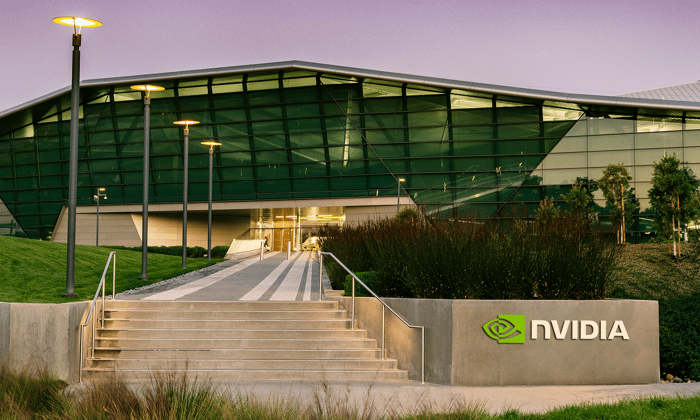The market has been climbing a wall of worry in recent months, as talk of a bubble in artificial intelligence (AI) has spooked some investors. The truth, however, is much more complicated. The reality is that the adoption of AI has faced tough comps stemming from blistering early sales, leading to decelerating growth rates. That, combined with the natural ebb and flow of new technology adoption, has sown the seeds of doubt. Yet, taking a step back, the results are still robust by any measure.
Nvidia (NVDA -4.84%) is a prime example. The company pioneered graphics processing units (GPUs), chips that provide the computational horsepower that underpins AI training and inference. Absolute demand for these AI accelerators remains high, but the relative growth rate has moderated.
The company's recent quarterly report was panned by investors, but Nvidia's consistently strong performance reveals a clear path for it to become a charter member of the $7 trillion club. Let's dig into the results and what it will take for the stock to reach these rarified heights.

Image source: Nvidia.
A semiconductor superstar
By every measure, Nvidia has been a winning stock for investors. Those who were able to buy the stock immediately after the company's initial public offering (IPO) in early 1999 have notched total returns of 469,300%. For context, a $100 investment made 26 years ago is now worth $469,440 (as of this writing). Furthermore, the results aren't consigned to some dusty past. For example, over the past 10 years, the stock has gained 29,450%. That same $100 investment would be worth $29,550. In recent years, its growth has been driven by the onset of the AI boom.
During Nvidia's fiscal 2026 second quarter (ended July 27), the company delivered record revenue of $46.7 billion, up 56% year over year. This drove adjusted earnings per share (EPS) to $1.05, which surged 54%. Fueling the results was robust demand for chips from the company's data center segment, which supplies processors used for data centers, AI, and cloud computing. Data center revenue climbed 56% to $41.1 billion on continuing demand for AI.
To be clear, this is a deceleration from the triple-digit growth Nvidia generated in fiscal 2025, but the initial surge in demand created tough comps. For context, management is guiding for third-quarter revenue of $54 billion, doubling what Nvidia made in all of its fiscal 2023, so demand is still off the charts.
This is likely still just the beginning. CEO Jensen Huang said, "We see $3 trillion to $4 trillion in AI infrastructure spend by the end of the decade." Given its position as the market leader and gold standard for data center GPUs, Nvidia is well positioned to profit from these tailwinds.
The path to $7 trillion
Nvidia currently boasts a market cap of roughly $4.7 trillion (as of this writing). This means it will take stock price gains of just 56% to drive its value to $7 trillion. According to Wall Street, Nvidia is on track to generate revenue of roughly $206 billion in fiscal 2026, resulting in a forward price-to-sales (P/S) ratio of 23. Assuming its P/S remains constant, Nvidia would need to grow its revenue to roughly $308 billion annually to support a $7 trillion market cap.
Wall Street is forecasting revenue growth for Nvidia of 33% in 2027 and 18% in 2028 -- and 26% on average over the coming five years. If the company can surmount those relatively low hurdles, it could reach a $7 trillion market cap as early as 2028. However, Nvidia has a track record of sailing past Wall Street's consensus estimates, so I suspect the company will exceed that benchmark sooner.
Don't take my word for it. Cantor Fitzgerald analyst C.J. Muse recently increased his price target on Nvidia to $300, up from $240, while maintaining an overweight (buy) rating. For those keeping score at home, that represents potential upside of 56% for investors, compared to Thursday's closing price, which would bring Nvidia's market cap to $7.3 trillion.
In a note to clients this week, Muse said the AI industry is "moving at exponential speed." He goes on to suggest that enterprises and neocloud companies will drive demand for years to come. "Thus, this is not a bubble, and we are still in the early innings of this investment cycle," the analyst wrote. Perhaps as importantly, Muse predicted, we "do not see a scenario where [Nvidia] does not secure at least 75% of the AI accelerator market over time."
Finally, Nvidia stock is currently selling for roughly 30 times next year's earnings. While some will point out that's a premium, I'd argue it's an attractive price for the company poised to generate double-digit sales and profit growth through the end of the decade.





